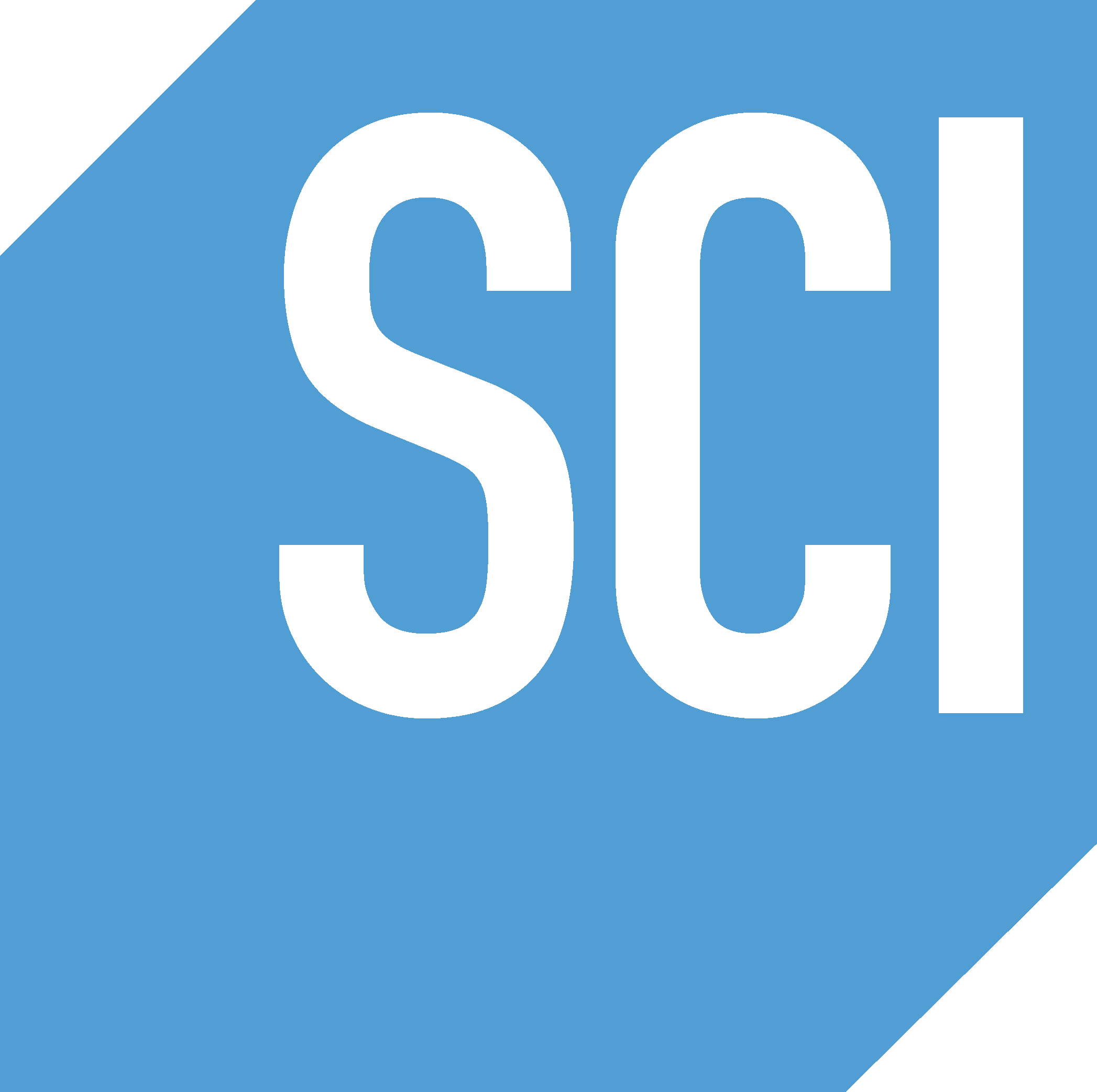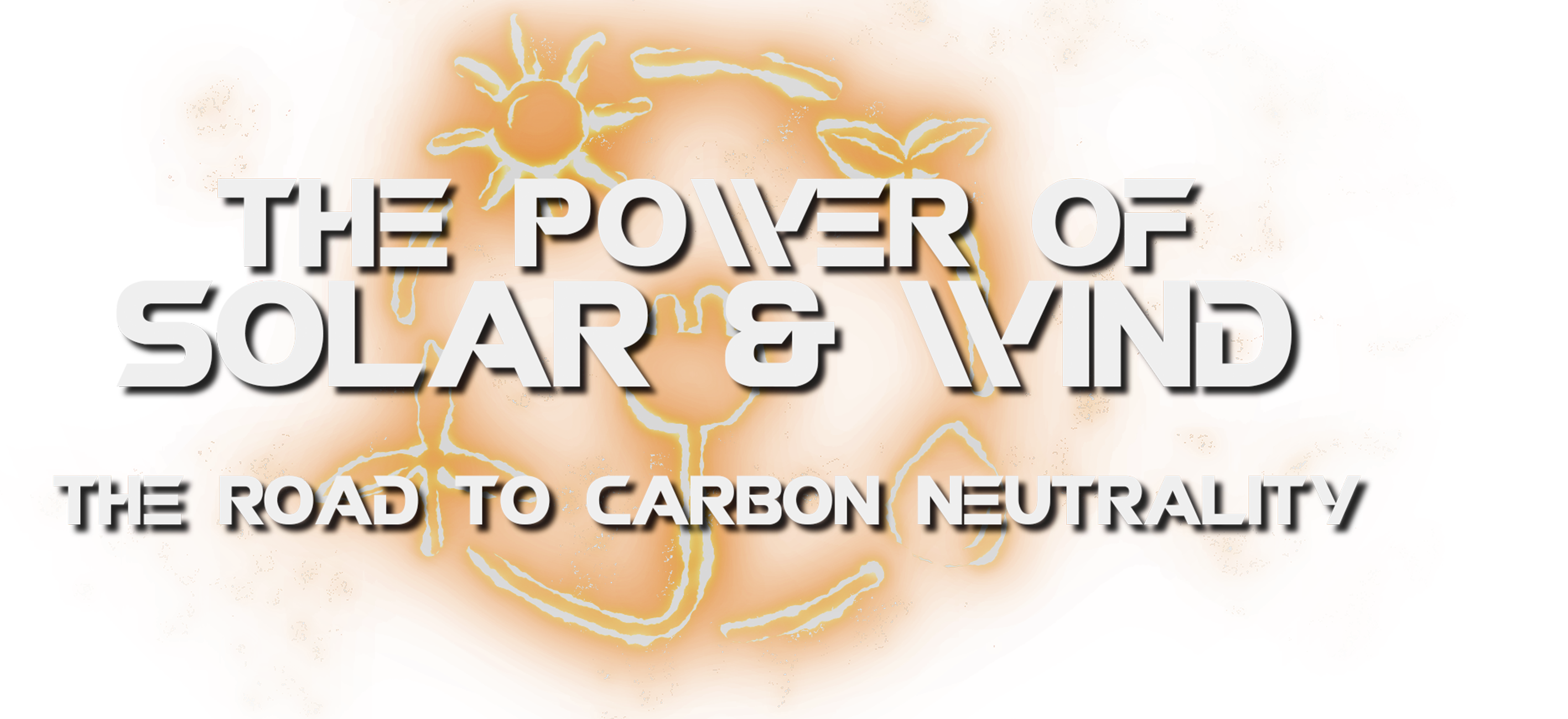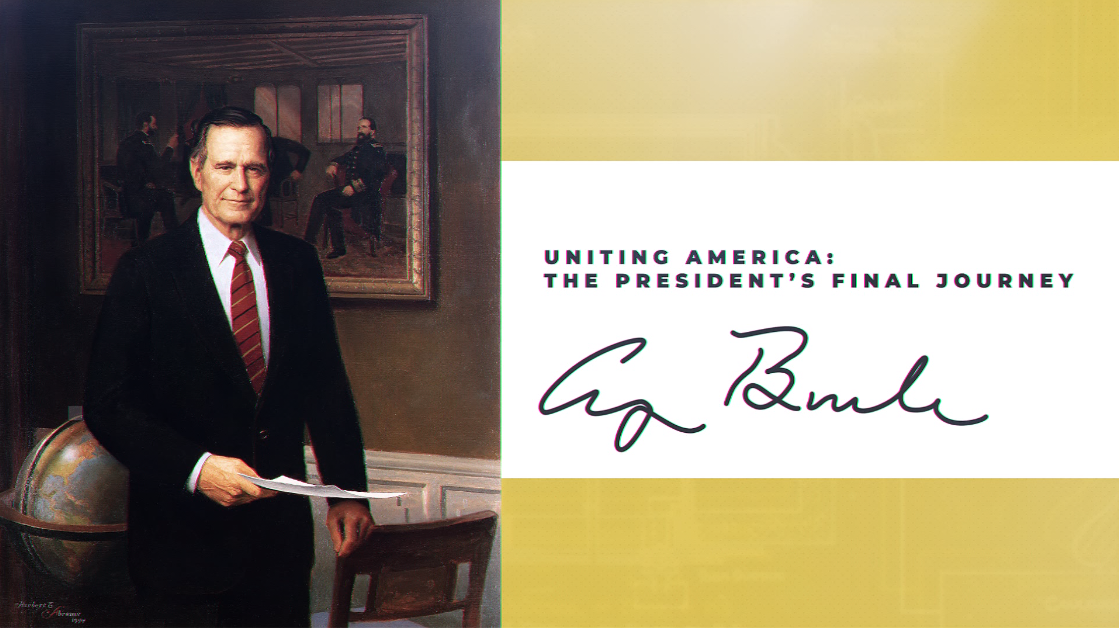



SUMMER 2022
Water – it’s one of the greatest challenges all nations face today. Though it covers about 71 percent of the earth’s surface, more than 97 percent is found in the ocean, unusable for drinking, growing crops, and most industrial uses. In fact, less than three percent of the world’s water is fresh and, of that, less than 1 percent is available for human consumption.

Globally, families and households consume only a fraction of the available fresh water. Agriculture uses 70 percent while 19 percent goes to industry. Only 11 percent is used by households. With water this scarce, we need to think about the importance of water conservation, maintaining access to safe fresh water for people where it is needed, while also endeavoring not to deepen other water crises we will face in the future.
Toyota has long been a leader in using less water to produce its vehicles, a practice of growing importance especially in water-stressed areas, such as California, Texas, and Mexico.
Dedicated scientists and researchers are determined to help solve these important water access issues.
WATER: We Have Too Much, But Not Enough, zooms in to examine the latest science, learnings and developments undertaken by one of the nation’s largest manufacturers aiming to become carbon neutral in its facilities by 2035.

SPRING 2022
With encouragement from the Biden Administration and the keen support of new US Secretary of Energy Jennifer Granholm, a number of elite U.S. companies have turned to alternative energy sources to power their facilities and operations.
Some large-scale fields of solar photovoltaic panels and wind turbine farms are currently under construction, while some are already commissioned and generating clean, emissions-free electricity either for direct or indirect use for large automotive manufacturing plants.
Initiatives to bring clean energy to production sites are explored in this new 60-minute program, which breaks down how these renewable energy systems work for viewers, including an explanation on how the energy is captured, stored and used inside the plants. It even goes one step further to explain how any excess, unused electricity is fed back to the regional power grid, which can help benefit nearby communities while lowering the carbon footprint of the manufacturing industry.
“The Power of Solar & Wind – The Road to Carbon Neutrality” zooms in to examine the latest science, learnings and developments undertaken by one of the nation’s largest manufacturers aiming to become carbon neutral in its facilities by 2035.
FALL 2021
Most known for their winter and spring migrations spanning more than 3,000 miles, the monarch butterfly is a small but key component to the ecosystem in terms of food and its role as a pollinator. “The Flight of the Monarch Butterfly – The Pollinator Project” will explore the latest science, learnings and the species’ survival issues.

With exclusive access arranged by the Mexican Minister of Tourism, the program highlights the monarchs’ dramatic journey throughout North America and examines scientists’ concerns about the species’ diminishing numbers due to pollution and climate fluctuations. It also addresses what the declining population could mean for the future of the broader ecosystem.
“Sustainability is at the heart of our decision making,” said Kevin Butt, Toyota Motor North America’s environmental sustainability director. “As we plan, build and manage our facilities across North America, we proactively learn about local species and study how to minimize the disruption of their natural habitats – environmental stewardship then helps drive a culture of conservation beyond our company walls.”

SPRING 2021
Powering the Nation – Hydrogen Fuel Cells – the Clean Transportation Alternative looks at the science, learnings and the movement now bringing together states, legislators, automobile manufacturers, and energy companies producing hydrogen that is easily available at hydrogen fueling stations. Many recognize the value of hydrogen fuel technology to be a real alternative.
With the new administration in office, there is a renewed focus on the environment – with that brings the ingenuity and science with many organizations banding together to recognize the value of hydrogen fuel technology as an alternative to not only power vehicles, vans, small and Class-8 highway trucks but also the possibility of being the energy source for buildings, communities, homes and even cities.
“We believe hydrogen fuel cell technology is one way the transportation sector can offer drivers a zero-emission vehicle that meets their needs,” said Lisa Materazzo, group vice president, Toyota Marketing. “Our portfolio approach, including hybrid electric vehicles, plug-in hybrid electric vehicles, battery electric vehicles and fuel cell electric vehicles, helps us put more people in cleaner vehicles across North America and have the greatest near-term impact on total carbon emissions.”
Uniting America: The President’s Final Journey will show never-before-seen footage, and go behind the scenes with the Union Pacific employees who were instrumental in executing the long-planned and first presidential funeral train since Dwight Eisenhower’s in 1969.



